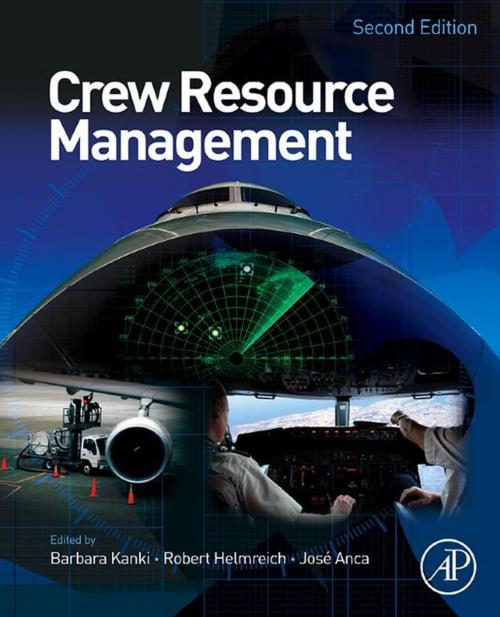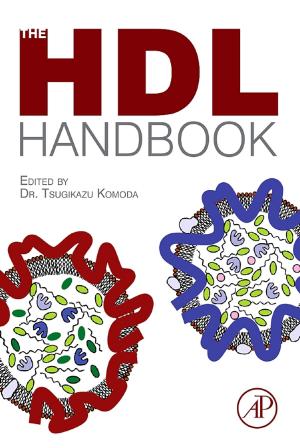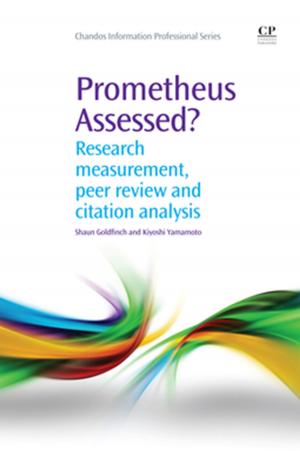Crew Resource Management
Nonfiction, Science & Nature, Technology, Aeronautics & Astronautics, Health & Well Being, Psychology, Applied Psychology| Author: | ISBN: | 9780080959009 | |
| Publisher: | Elsevier Science | Publication: | January 20, 2010 |
| Imprint: | Academic Press | Language: | English |
| Author: | |
| ISBN: | 9780080959009 |
| Publisher: | Elsevier Science |
| Publication: | January 20, 2010 |
| Imprint: | Academic Press |
| Language: | English |
Crew (or Cockpit) Resource Management training originated from a NASA workshop in 1979 that focused on improving air safety. The NASA research at that time found the primary cause of the majority of aviation accidents to be human error, and further showed the main problems to be failures of interpersonal communication, leadership, and decision making in the cockpit. By the time of publication of our first editon of CRM, was celebrated as the convergence of a concept, an attitude and a very practical approach to pilot training. Equally important was the convergence and enthusiastic support of the research community, aviation regulators, transport operators and the pilot unions. CRM was maturing, implementing and developing all at the same time.
Cockpit Resource Management (CRM) has gained increased attention from the airline industry in recent years due to the growing number of accidents and near misses in airline traffic. This book, authored by the first generation of CRM experts, is the first comprehensive work on CRM. Cockpit Resource Management is a far-reaching discussion of crew coordination, communication, and resources from both within and without the cockpit. A valuable resource for commercialand military airline training curriculum, the book is also a valuable reference for business professionals who are interested in effective communication among interactive personnel.
Fifteen years later, CRM concepts have endured by not only integrating themselves into the fabric of training, but also expanding the team concept, evolving into new applications, and possibly most important to the original operators, inspiring development and integration of CRM into safety and quality assurance goals at the corporate level. A variety of CRM models have been successfully adapted to different types of industries and organizations, all based on the same basic concepts and principles. It has been adopted by the fire service to help improve situational awareness on the fireground. The new edition of Crew Resource Management continues to focus on CRM in the cockpit, but also emphasizes that the concepts and training applications provide generic guidance and lessons learned for a wide variety of 'crews' in the aviation system as well as in the complex and high-risk operations of many non-aviation settings.
Long considered the ?bible? in this field, much of the basic style and structure of CRM 1e will be retained in the new edition. Textbooks are often heavily supplemented with or replaced entirely by course packs in advanced courses in the aviation field, as it is essential to provide students with cutting edge information from academic researchers, government agencies (FAA), pilot associations, and technology (Boeing, ALION). Our edited textbook will offer ideal coverage with first hand information from each of these perspectives. Case examples, which are particularly important given the dangers inherent in real world aviation scenarios, are liberally supplied. An image collection and testbank will be offered, making us the only text on the market with ancillary support
Material from the first edition remains relevant today and will be fully updated, often by new authors now at the fore of the field. New material - to the tune of an additional 50% - will focuses on the challenges facing aviation specialists today. New topics will include: international and cultural aspects of CRM, design and implementation of Line-Oriented Flight Training (LOFT), airline applications beyond the cockpit, spaceflight resource management, non-aviation applications, AQP, LOSA and special issues pertaining to low-cost airline carriers.
The second edition editors offer essential breath of experience in aviation human factors from multiple perspectives (academia, government, and private enterprise) and the proposed contributors have all been chosen as experts in their fields who represent the diversity of the research of activities and organisational experience of CRM.
The only CRM text on the market offering an up-to-date synthesis of primary source material
*Instructors benefit from being able to adopt a single text for their courses, saves them time taken up by putting together course packs
New edition thoroughly updated and revised to include major new findings, complete with discussion of the int'l/cultural aspects of CRM, the design and implementation of LOFT
*Gives students and aviation professionals a firm foundation in both the extant research and current issues
Instructor web site with testbank and image collection
*The only text offering ancillary support
Liberal use of case examples
*Ensures that readers will know how to respond to dangers and implement solutions when placed in real-world situations where timing is of the essence
Crew (or Cockpit) Resource Management training originated from a NASA workshop in 1979 that focused on improving air safety. The NASA research at that time found the primary cause of the majority of aviation accidents to be human error, and further showed the main problems to be failures of interpersonal communication, leadership, and decision making in the cockpit. By the time of publication of our first editon of CRM, was celebrated as the convergence of a concept, an attitude and a very practical approach to pilot training. Equally important was the convergence and enthusiastic support of the research community, aviation regulators, transport operators and the pilot unions. CRM was maturing, implementing and developing all at the same time.
Cockpit Resource Management (CRM) has gained increased attention from the airline industry in recent years due to the growing number of accidents and near misses in airline traffic. This book, authored by the first generation of CRM experts, is the first comprehensive work on CRM. Cockpit Resource Management is a far-reaching discussion of crew coordination, communication, and resources from both within and without the cockpit. A valuable resource for commercialand military airline training curriculum, the book is also a valuable reference for business professionals who are interested in effective communication among interactive personnel.
Fifteen years later, CRM concepts have endured by not only integrating themselves into the fabric of training, but also expanding the team concept, evolving into new applications, and possibly most important to the original operators, inspiring development and integration of CRM into safety and quality assurance goals at the corporate level. A variety of CRM models have been successfully adapted to different types of industries and organizations, all based on the same basic concepts and principles. It has been adopted by the fire service to help improve situational awareness on the fireground. The new edition of Crew Resource Management continues to focus on CRM in the cockpit, but also emphasizes that the concepts and training applications provide generic guidance and lessons learned for a wide variety of 'crews' in the aviation system as well as in the complex and high-risk operations of many non-aviation settings.
Long considered the ?bible? in this field, much of the basic style and structure of CRM 1e will be retained in the new edition. Textbooks are often heavily supplemented with or replaced entirely by course packs in advanced courses in the aviation field, as it is essential to provide students with cutting edge information from academic researchers, government agencies (FAA), pilot associations, and technology (Boeing, ALION). Our edited textbook will offer ideal coverage with first hand information from each of these perspectives. Case examples, which are particularly important given the dangers inherent in real world aviation scenarios, are liberally supplied. An image collection and testbank will be offered, making us the only text on the market with ancillary support
Material from the first edition remains relevant today and will be fully updated, often by new authors now at the fore of the field. New material - to the tune of an additional 50% - will focuses on the challenges facing aviation specialists today. New topics will include: international and cultural aspects of CRM, design and implementation of Line-Oriented Flight Training (LOFT), airline applications beyond the cockpit, spaceflight resource management, non-aviation applications, AQP, LOSA and special issues pertaining to low-cost airline carriers.
The second edition editors offer essential breath of experience in aviation human factors from multiple perspectives (academia, government, and private enterprise) and the proposed contributors have all been chosen as experts in their fields who represent the diversity of the research of activities and organisational experience of CRM.
The only CRM text on the market offering an up-to-date synthesis of primary source material
*Instructors benefit from being able to adopt a single text for their courses, saves them time taken up by putting together course packs
New edition thoroughly updated and revised to include major new findings, complete with discussion of the int'l/cultural aspects of CRM, the design and implementation of LOFT
*Gives students and aviation professionals a firm foundation in both the extant research and current issues
Instructor web site with testbank and image collection
*The only text offering ancillary support
Liberal use of case examples
*Ensures that readers will know how to respond to dangers and implement solutions when placed in real-world situations where timing is of the essence















